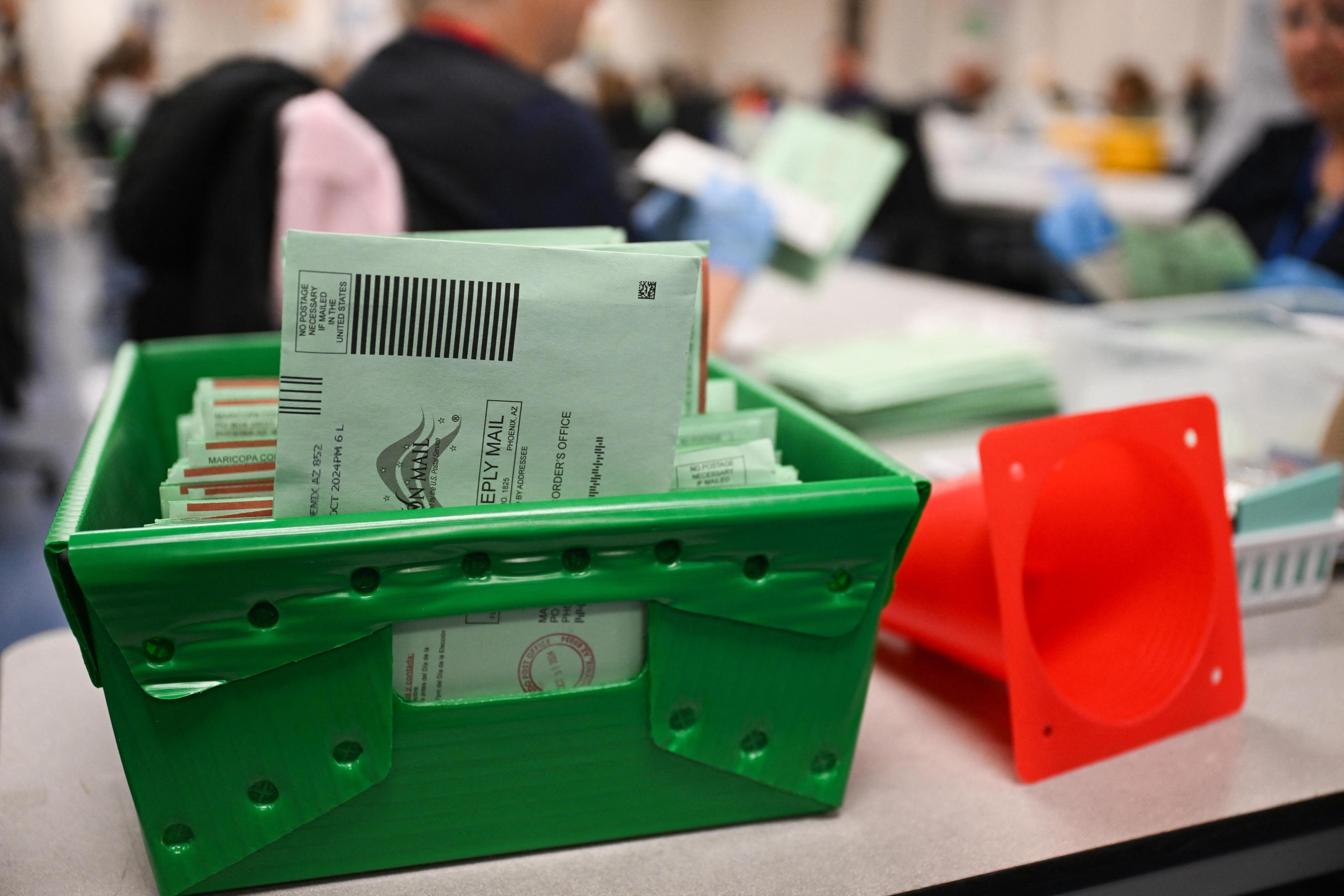

Colorado's production of coal is already at a 20-year low and would likely decrease even more under President Barack Obama's proposed Clean Power Plan.
The independent Energy Information Administration released an analysis of the plan on Wednesday. It shows the production predictions for western states are in line with state-by-state limits on power plant emissions.
Western states would see the biggest declines of all U.S. regions. By 2024, production from coal mines in the region would be an estimated 34 percent lower with the new rules than without them.


Coal production in Colorado is already way down for many reasons. Cheap natural gas, stricter federal air-quality rules, state legislation, court rulings and even mining fires have each played a part in a remarkable decline.
Already, coal production in Colorado is 39 percent lower than it was 10 years ago, according to state data. The president's plan would likely shrink the beleaguered industry even further.
The White House released a draft of the plan last June. In essence, it caps power plant emission for each state and outlines a set of "building blocks" states can use to meet the new requirements.
Groups supporting the plan, such as the Union of Concerned Scientists, have applauded its goals as "the most significant opportunity in years to help curb the consequences of climate change."
Exactly what the plan means for Colorado's coal industry remains foggy. The Energy Information Administration review takes the western region as a whole, so Colorado is lumped in with Wyoming--the nation's largest coal producer and the state with the most mining to lose.
Even so, the rapid decline in coal production has already brought big changes to rural communities like the North Fork Valley in southwest Colorado. Coal production there is now 10 percent of what it was in 2008 according to Inside Energy. That worries residents there.
Cliff Brewer mined coal in the valley for 14 years before being laid off in 2014. He told Inside Energy he didn't expect to find such high-paying work in the future:
If the plan avoids pitfalls (as it did Tuesday), it could cut power plant emissions to 30 percent below 2005 levels by 2030.



